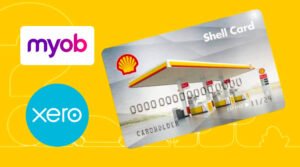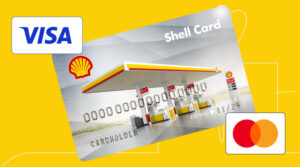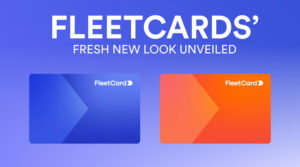If you want to know everything there is to know about fuel cards, Martin Cislo is the man to talk to. He’s been in the fuel card business for close to 15 years across a wide range of roles like head of sales, and head of commercial at WEX Motorpass. In that role, he looked after all customer-facing areas like sales, marketing, customer service retention, risk management… basically everything except IT!
In his most recent role, he was head of sales and marketing at Fleetcor ANZ. As such, Martin certainly knows a thing or two about the ins and outs of the fuel card world. We sat down with Martin to ask him all about fuel cards, including the benefits, why they’re better than credit cards, the best fuel card providers, what to consider before applying for a fuel card and loads more.
1. What are fuel cards?
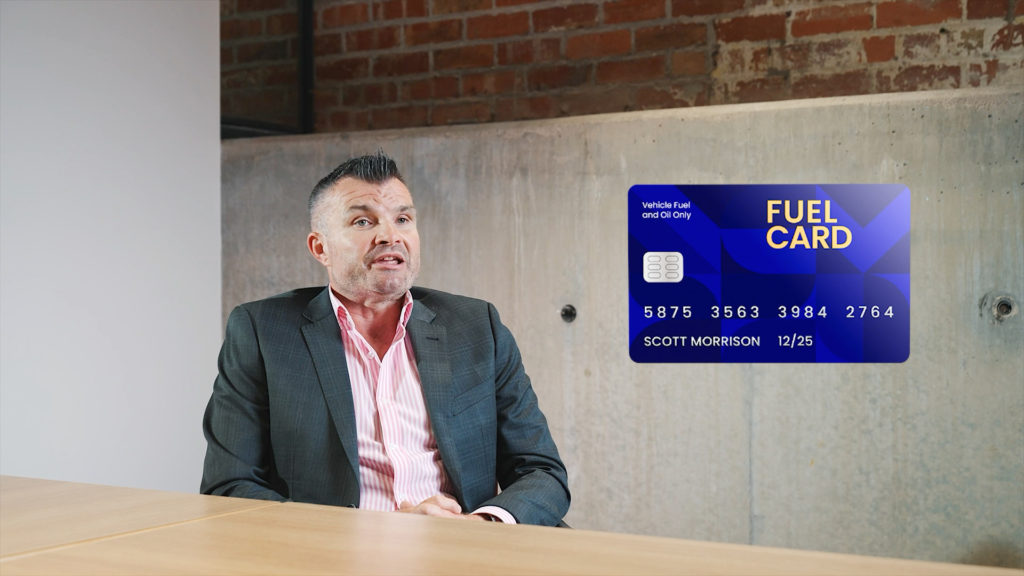
Martin: A fuel card is like a business credit card, but with a couple more major advantages. So first of all you have single branded fuel cards like BP, Caltex, and Shell for example which can only be used at their individual networks. Then there are two major multi-brand fuel card players WEX Motorpass and Fleet Card, which are fuel cards you can use at almost any fuel station. Fuel cards are similar to credit cards but are dedicated cards for buying fuel, so it greatly reduces the misuse of purchasing fuel, which business owners find are a great perk. They can be opened up to in-store purchases too, but it’s fully at the discretion of the business owner and what they will or won’t allow employees to use their fuel card on.
2. What are the main benefits of fuel cards vs credit cards?
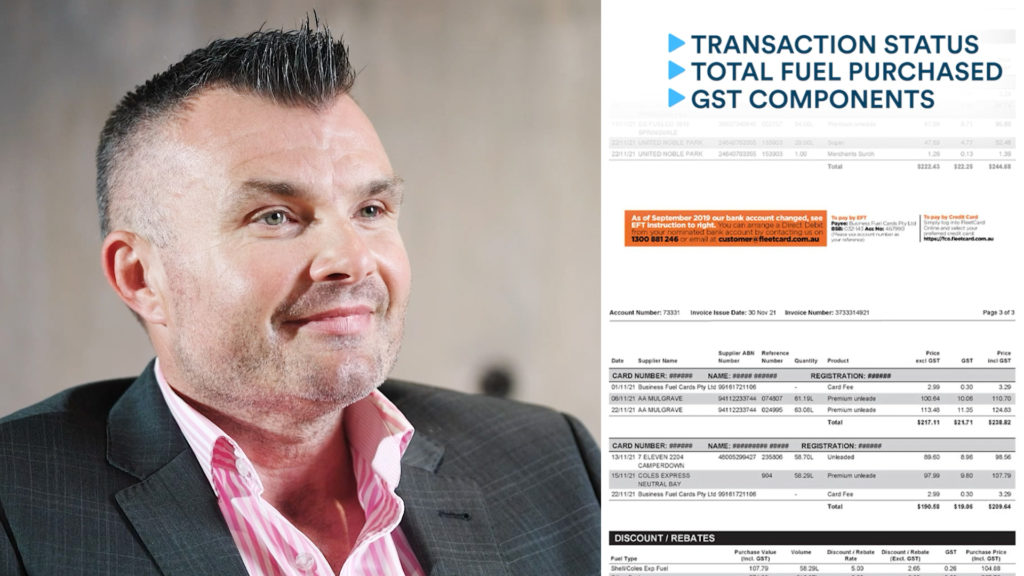
Controlling the misuse of fuel cards
The first benefit is stopping fuel misuse. You have all the control to really lock down what your employees are spending on with a fuel card. So let’s say you give an employee a fuel card that’s restricted to Diesel fuel – that employee will not be able to fill up with petrol, and if they do, you will get an alert so you know that the employee has made an unauthorised purchase.
GST component breakdown
The second major benefit of a fuel card is the GST component. Fuel cards break down the GST components on purchases, meaning at the end of the month you’ll get a statement that will show where your employees bought fuel from, how many litres they bought, the cost and so on. So it makes it a lot easier for businesses at the end of the quarter when they’re doing their taxes to extract GST amounts without asking drivers to keep receipts, sending those receipts to head office and then wasting time processing those receipts for reporting purposes.
Fuel cards can be used to buy non-fuel items
Another major feature of fuel cards is they can be used to buy non-fuel items in the marketplace. So if you’re running a fleet of vehicles in the market, you can also use that fuel card to be able to pay for your services like changing a windscreen, buying tires and so on. Again, the benefit there really is that all of those purchases go on that one statement, which means that you have a whole history in terms of what’s been purchased for that vehicle in one place. This saves you administration time in terms of managing all of those transactions from multiple sources because it’s all in one monthly statement.
Fleet reporting
Fleet reporting is another huge benefit and is especially important as you start to grow your fleet. Many fuel card providers offer additional reporting for businesses where they can track a vehicle, see what they’ve purchased and where over, on a monthly basis. It gives you a good holistic picture of how your fleet is running. Being able to see how much has been spent on fuel, what exactly has been purchased and how often and this is quite important, especially if you’re running a fleet of vehicles that are exactly the same. You can actually then judge how drivers are driving versus their peers on one report.
Exception reporting
Exception reporting basically allows you to set up different rules around when and where the fuel card is used. Exception reporting then sends you alerts when things outside the norm happen. So for example, you might set up an exception report for when an employee fills up on a weekend. The employee will still be able to use the fuel card on a Saturday or Sunday, but you’ll get an alert. It really helps you keep tabs on your fleet, which is especially important as you grow.
Telematics
Another benefit that comes to mind, which is maybe not so important for smaller fleets, but certainly for fleets that are larger – is telematics. Many fuel card providers have partnered up with telematics businesses, and what telematics is is predominantly GPS tracking of vehicles. So, in addition to being able to manage the costs and expenses of your drivers, you can also track where the vehicles are at any given time in a live environment. It’s just a handy feature to let you know where your cars are at all times.
Fuel discounts
The final benefit is the cost savings. On single brand fuel cards, you will often get great savings off the board price every time an employee fills up, which comes directly off your statement. With multi-brand fuel cards, you can get discounts at certain locations, as well as other benefits like discounts on car accessories and parts.
3. What are the main differences between fuel card companies?
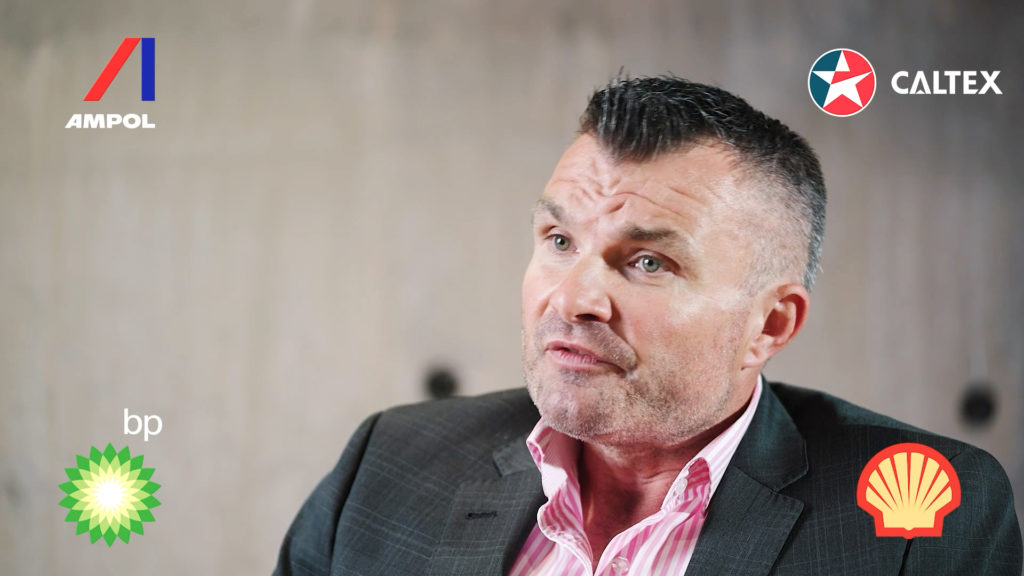
So you’ve got your Shell, Ampol (formerly Caltex), BP, 7-Eleven and a few other smaller players. In terms of the actual product, it’s all quite similar. It’s still your basic plastic fuel card that you swipe at a service station when filling up. And then of course you have your multi-brand players like WEX and Fleet Card.
When you look closely at single brand fuel cards, there’s really not much of a difference except network size, and locations where you can fill up. They all offer the same kind of products, the same kind of reporting, the same kind of security, and to some degree the same kind of discounts.
All the single brand fuel cards also pride themselves on having good strategic locations around the country, and using premium fuels. In terms of the multi-branded cards, they’re a bit different in that they aggregate fuel, they don’t play in the space or produce the fuels.
4. When should my business start using a fuel card?

Fuel cards are a significant time saver, so if you want to reduce the time you spend in the office doing admin, a fuel card is a good start to the process – so really you can start straight away! Most fuel card providers stipulate you need to be in business with an active ABN for 1-2 years, so that’s worth keeping in mind as well.
5. How to choose a fuel card?
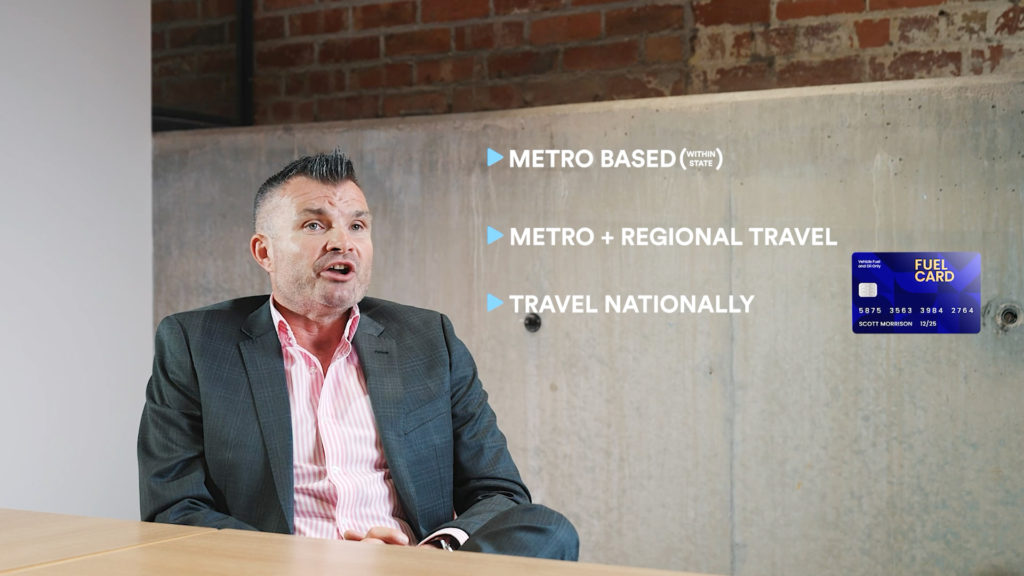
My biggest tip would be to look at where your fleet travels. Is it a state-based metro fleet? A regional state-based fleet? Or is it a national fleet? Think about what kind of coverage you need from a fuel card perspective, and then decide which provider is right for your business. If you know where your fleet regularly fills up, it becomes much easier to pick the right fuel card provider.
So if your fleet is travelling up and down the East Coast, a United Petroleum fuel card probably won’t suit your business because you need a lot more network coverage. This is where you might opt for WEX or Fleet Card – you can use it anywhere so you’re never stuck for fuel. However, remember that the discounts on multi-branded fuel cards aren’t as big as a single brand.
When choosing a fuel card provider it’s also usually a requirement you’ve been in business a year or more. Fuel cards are more like charge cards than credit cards. So what that means is when you get your invoice you need to pay the invoice in full every month. This means the criteria for securing a fuel card becomes a bit stricter and potential customers are looked at in a slightly different way. Generally speaking, you’d need to show business stability for 12 months with some turnover before you’re approved.
There are also a number of fuel card comparison websites out there, which are a useful tool to understand what’s available from a fuel card perspective and make it a bit easier in terms of choosing the right fuel card for your business.
6. Best fuel card for sole traders?
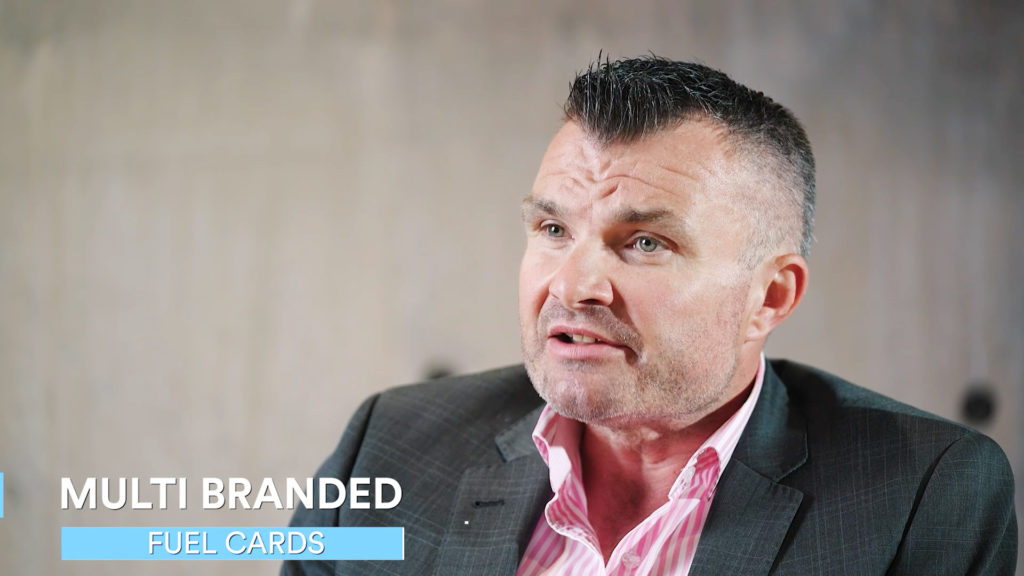
If we’re looking at a sole trader – say a plumber – who does mostly metro jobs across the city, I’d recommend a multi-branded card. This plumber’s time is valuable, and he needs to be able to fill up whenever and wherever to get to the next job on time – a multi-brand fuel card keeps him en route. It will also reduce his admin time in not needing to keep track of receipts, and not to mention being able to buy non-fuel items whenever it’s needed is a real bonus.
7. Best fuel card for small businesses with 2-5 vehicles
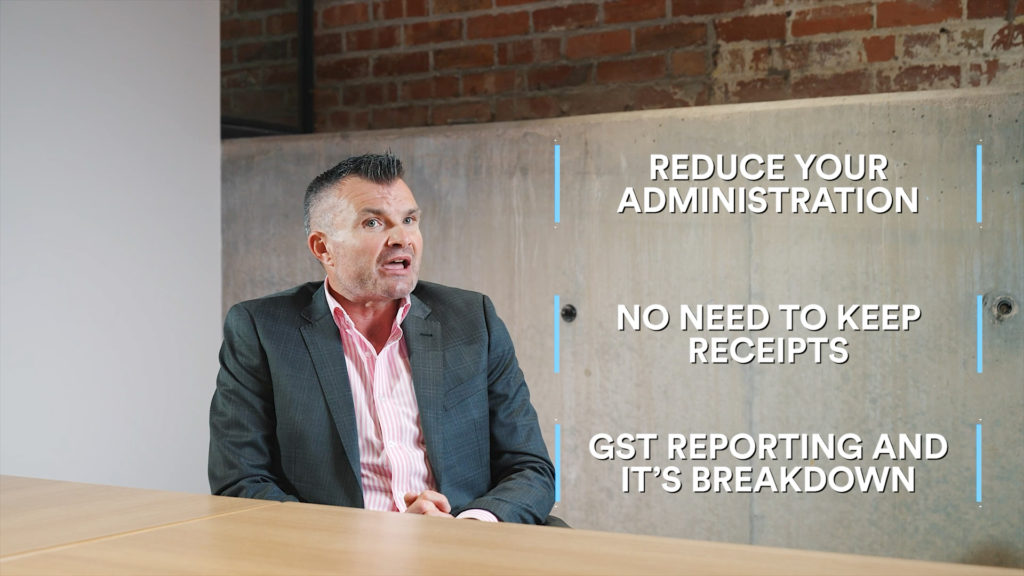
Again I’d recommend multi-brand fuel cards. It reduces your administration, the GST reporting is significant. It also allows you to move from job to job and be able to fill up at the first fuel site rather than having to find a specific fuel site. For SMEs, time is money, and you really just want to fill up en route and get to the next job and do what your business does best.
8. Best fuel card for large businesses with a big fleet?

A couple of other things come into play when you have a larger fleet and you spend more on fuel – as such, discounts become important. There’s no one answer to the best fuel card for large fleets because it depends on where your fleet travels. But generally speaking, I’d be searching for single branded fuel cards in the marketplace with large fuel discounts. Typically in the marketplace, multi-brand fuel cards will offer smaller discounts and larger monthly card fees.
So for example, if you have a large fleet of trucks that are doing some major haulage like Melbourne to Sydney to Brisbane, they’ll be burning through some major fuel and also sticking to major highways. In this scenario, a Shell, BP or AmpolCard would work best because they’re dotted every 400KMs or so along the highways, and they’ll also offer some great pump price discounts based on fuel usage. At the end of the day, it’s most important to think about where you travel (local, regional or statewide), and how much fuel your fleet is typically using. This will be the best indicator to help you find the right fuel card provider.
9. Are there any additional benefits of fuel cards for larger fleets?
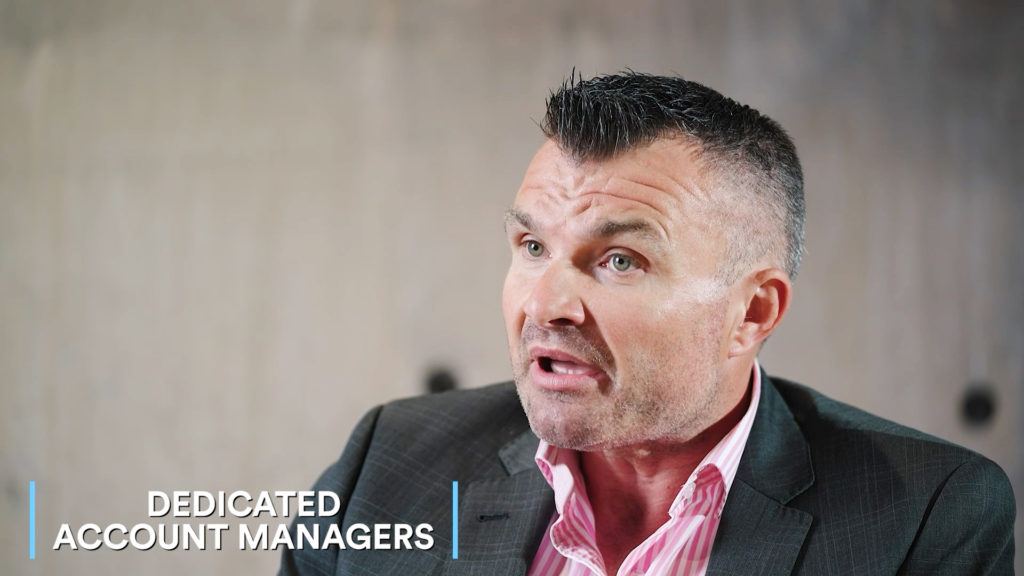
When you move up the fuel card market the conversation changes and becomes a lot more personalised. You have a personalised account manager who you can talk directly to each time without having to wait in a customer service phone queue. You’ll get tailored offers, customised reporting and ongoing support – whatever you need really. You can also do bespoke things like putting your business name and logo on your fuel card.
10. Can fuel cards keep track of your fleet’s location?
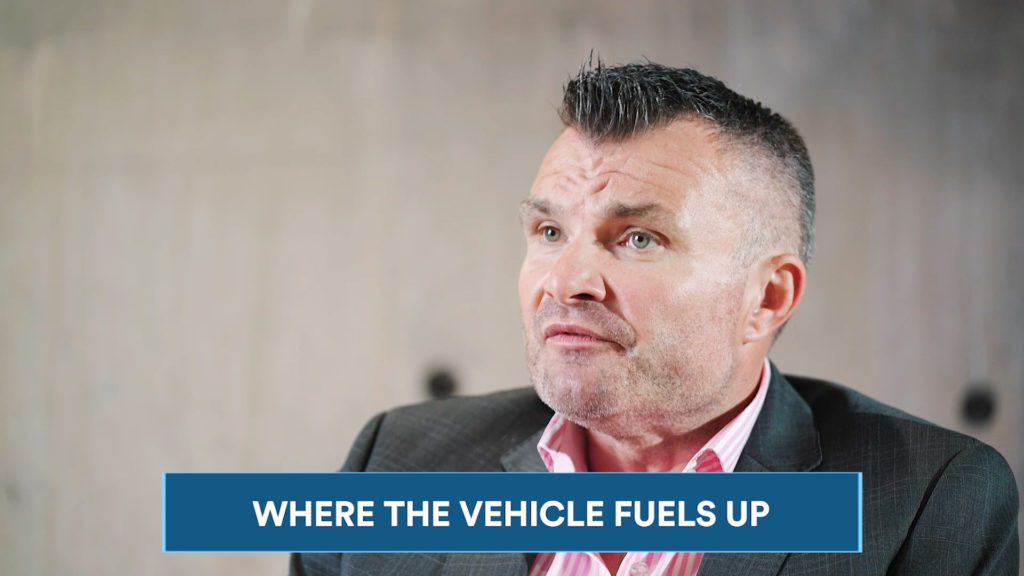
So fuel cards can’t physically track company vehicles, but they will let you know where and what time an employee has filled up. What some fuel card providers do is partner with a telematics provider for enhanced reporting and real-time tracking of your fleet, which is a real benefit for larger fleets. It also stops fuel card misuse, which is often a concern for business owners.
Telematics is basically like exception reporting but driven by a telematics provider. You can get alerts when a car is in a place it shouldn’t be.
11. What should businesses consider before applying for a fuel card?
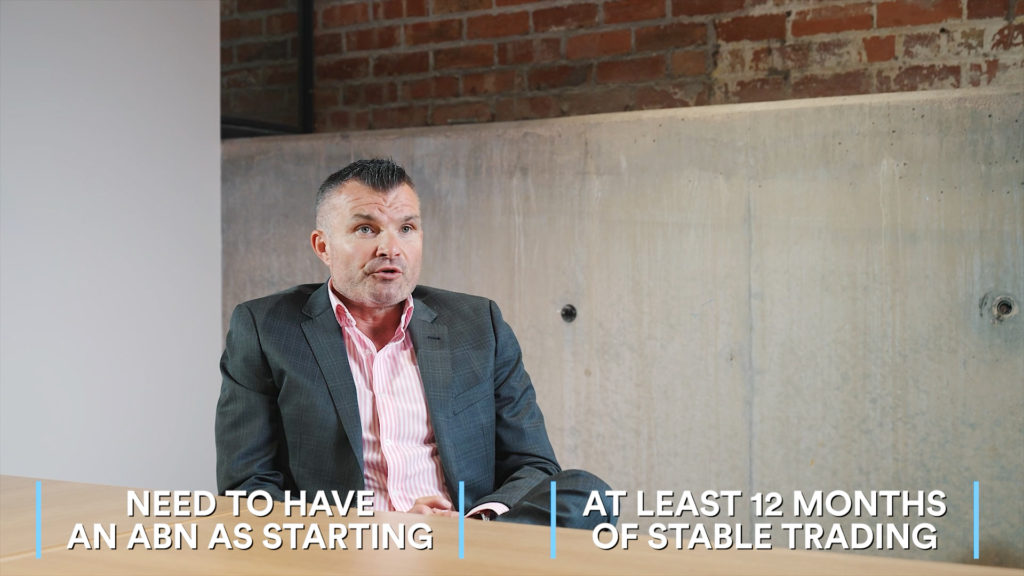
So businesses need to consider a few different things when applying for a fuel card. Businesses need to remember that a fuel card is a charge card, it’s like an AMEX. So you can’t revolve any portion of your spend on a monthly basis like you would with a credit card. So they’re assessed in a different way. What that means is when you receive your monthly statement at the end of the month, you need to pay that in full. Businesses need to consider a couple of things: they need to have an ABN as a starting point, and at least 12 months worth of stable trading.
If you look around the marketplace, some fuel card providers do actually provide debit fuel cards. So as long as you have an ABN, but you have no credit history, you may be able to apply for a debit fuel card and build up that relationship and history with that fuel card provider and then down the track when you’ve been in business for over 12 months, then you change to the postpaid fuel card product.
12. How to reduce the risk of misuse of a fuel card?
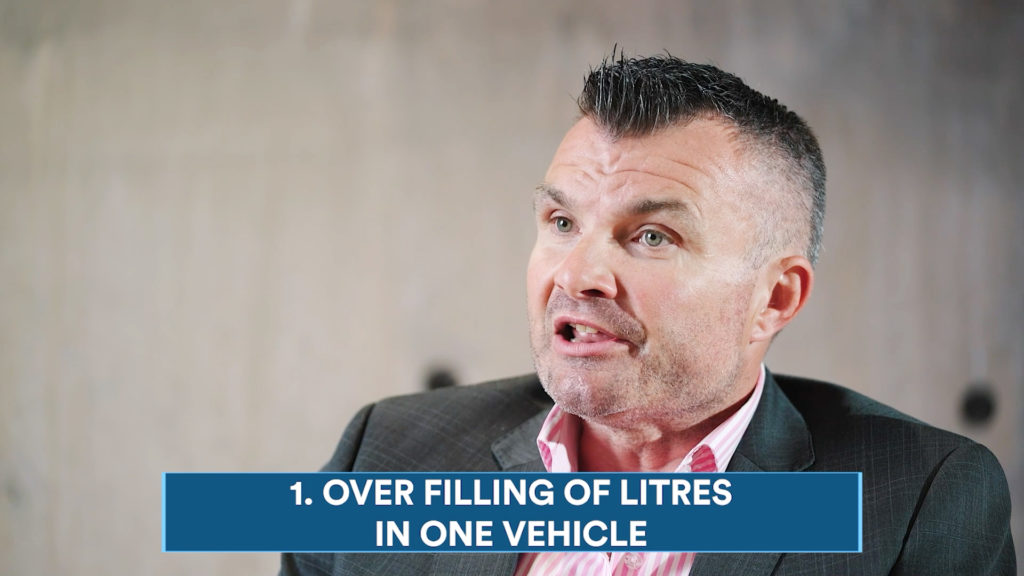
There are a few things you need to identify within your fleet to help mitigate misuse of a fuel card. The first is over-filling of litres in one vehicle, where potentially a vehicle only takes 80L but you can see on the transaction 90 to 100L were used. So what that employee is doing is filling up the company vehicle first, and then their personal vehicle in one transaction.
Other things to look out for are multiple fills during the day. There’s rarely a reason a driver should be filling up 2-3 times a day on a regular basis. Lastly, you want to look out for drivers trying to fill up different fuel types for different vehicles. Fuel cards can identify that for you in real time for exception reporting so you’re then able to take action with that particular driver.
13. How do fuel cards make money?
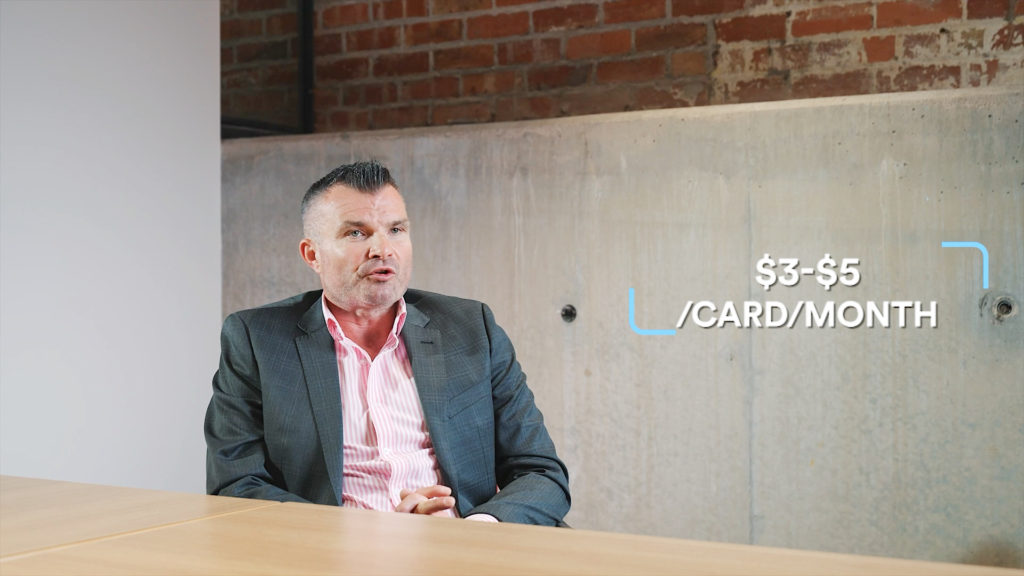
That’s a good question. There are a few ways. You typically have a monthly card fee, and then a merchants and services fee every time the fuel card is swiped at a location. The fuel station merchant is getting paid straight away, and as a result, the fuel card company will charge them anywhere between 1-2.5% for every transaction. That’s why you’ll sometimes see smaller merchants not accepting fuel cards because that service fee is too high for a fuel site not seeing many transactions each day.
14. Will fuel cards become redundant with electric vehicles?
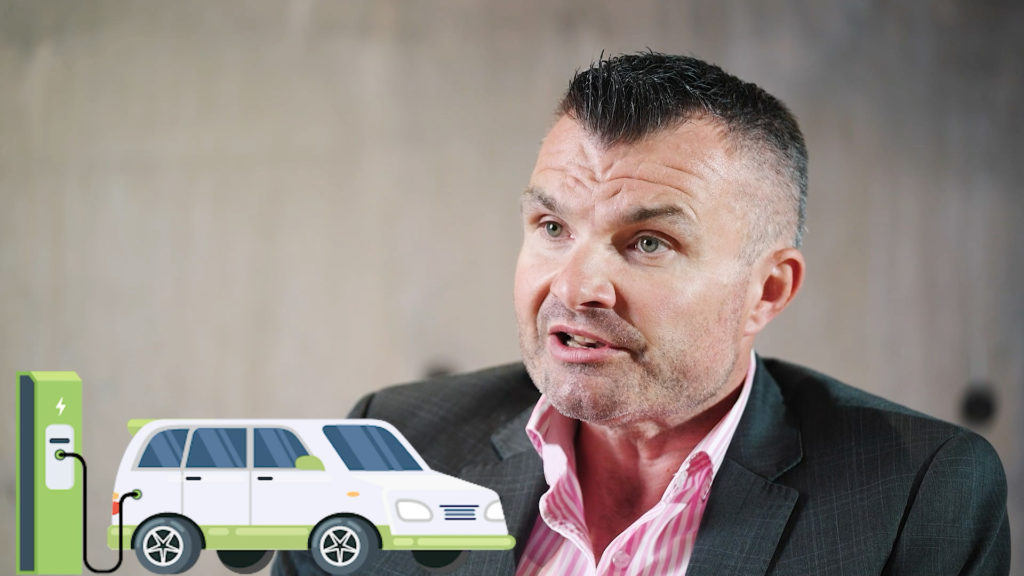
What I see happening is that the fuel card industry will still exist to some degree, but of course, it will look somewhat different. You’ll still be able to track charging expenditure, offer employees in-shop purchases, as well as enhanced reporting for your business. So I don’t think fuel cards will disappear, but it will simply be a different product with similar benefits like tracking how many kilometres the car has travelled, where it’s been charged and for how long, and so on. Plus, I’d bet there will be charging discounts offered as well.
It will definitely be interesting to see how the fuel card model changes and adapts and continues to drive revenue. What I think will happen is these card providers will be trying to push people charging their vehicles to shop in-store for a coffee or lunch to recoup some of that lost fuel revenue. I think we’ll see service/charging stations become a lot more upmarket, almost like a QANTAS lounge, and this will also drive revenue. I think we’re still about 5-10 years away from this, but it’ll be an interesting space to watch.
